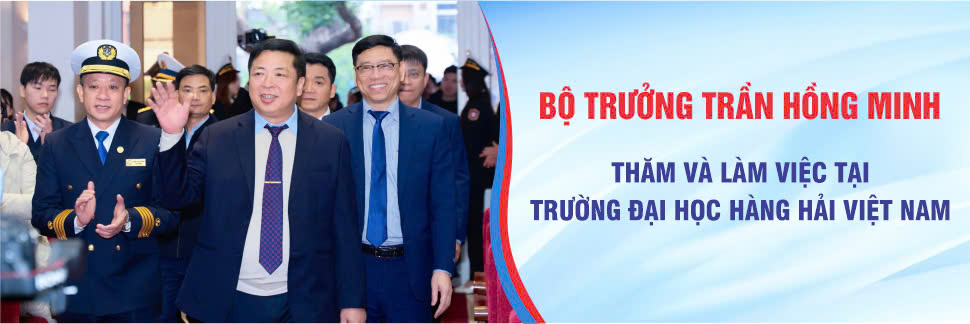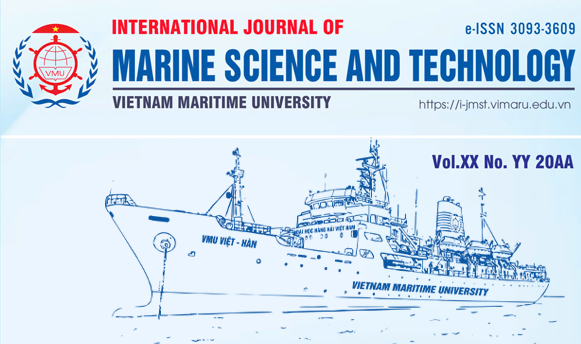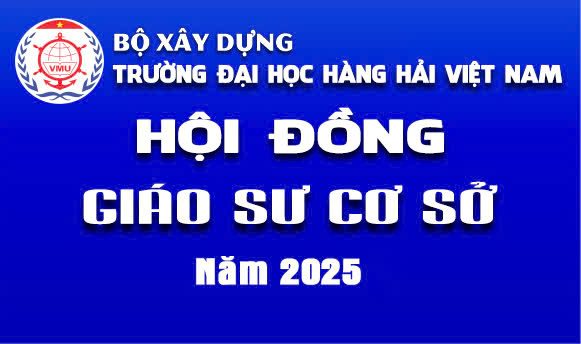Multi-scale automatic route planning algorithms for sea-going vessels
Collision Avoidance has always been one of the primary tasks of the ship officer, both in congested water and at the open sea. Under the stress of workloads onboard, the officer of watch might commit mistakes now and then and this may result in great losses to the ship, cargo, environment and even the human lives. On a larger scale, for a greener and more efficient shipping industry, weather routing has long been seen as a worthy solution. Thanks to the technology advancement, the track control system is - or will soon be - installed on board, together with different means of collecting target, or floating objects, motions objects as well as short and long-range weather information. Then, in this study, we will set the focus on the general structure of a route planning program in which different algorithms, e.g. isochrones method, can be applied to produce transoceanic routes basing on weather routing theories and then, in a smaller scale, a suitable algorithm might be used to generate collision avoiding routes for the ship while following the former. For collision avoiding purpose, an adaptive Bacterial Foraging Optimization (BFO) algorithm and different collision avoiding criteria such as the ship domain will be introduced and applied for a large amount of encountering cases at sea. Also, in order to apply the traffic rules, an appropriate cost function will be suggested so that an extra cost will be embed for a route that causes the own ship to break the rules while taking collision avoiding action. Later, the simulation result will be presented to show the effectiveness as well as the reliability of the adaptive BFO algorithm. As the required time for calculation is less than 10 sec for all the cases, it is quite possible for the algorithm to be applied in real time. The combination of these different scales of route planning algorithm will make it possible for a safe, effective and leisured navigation.









